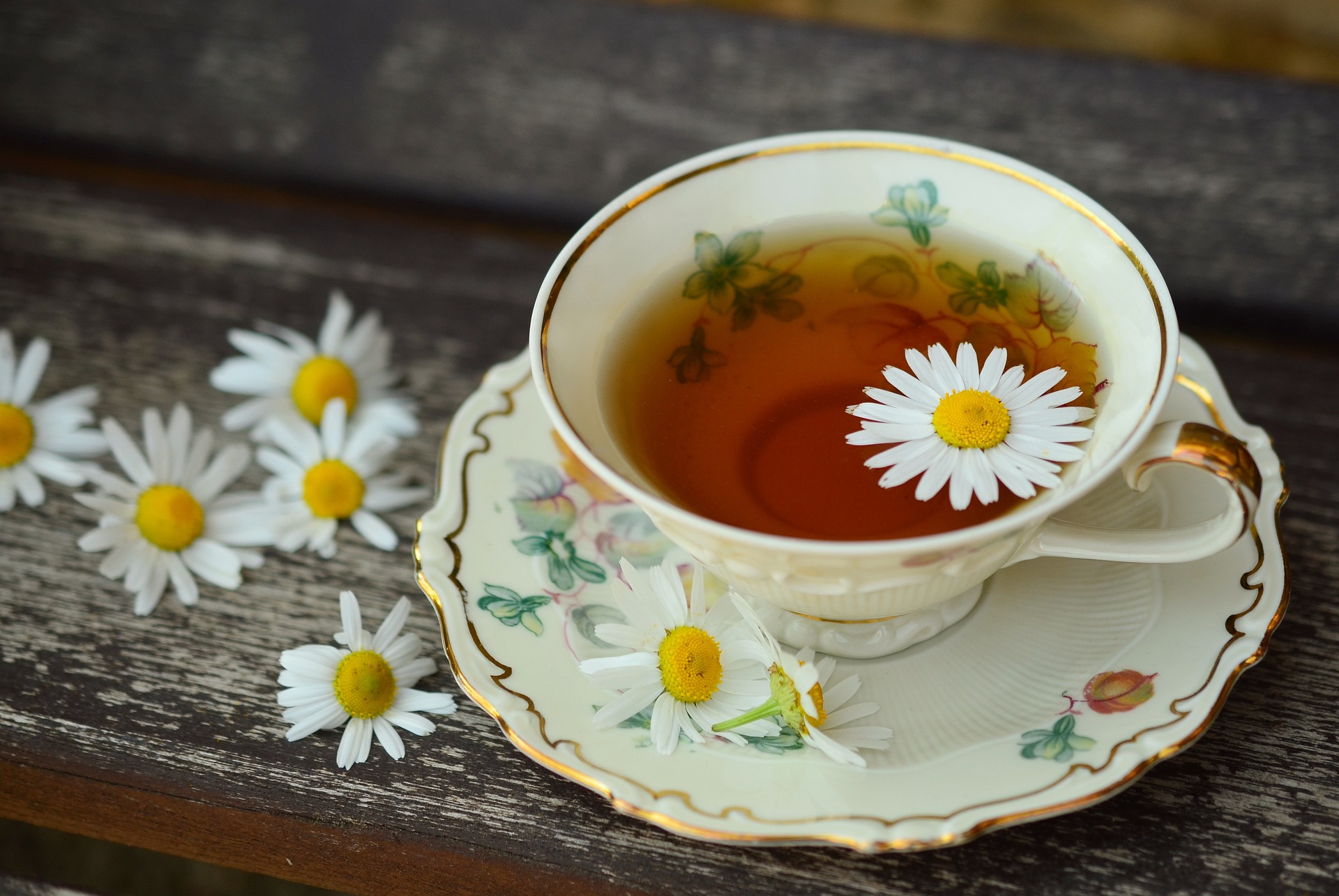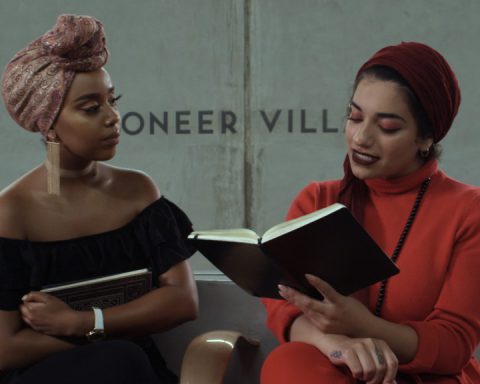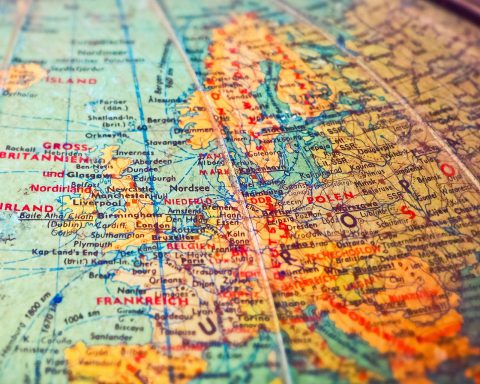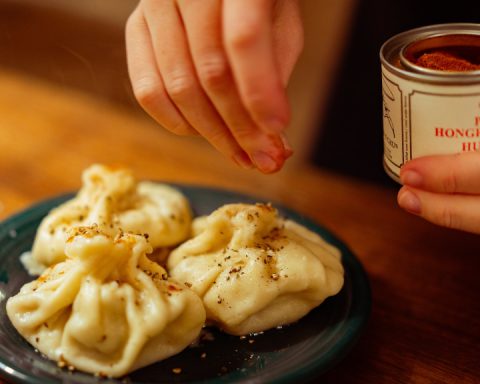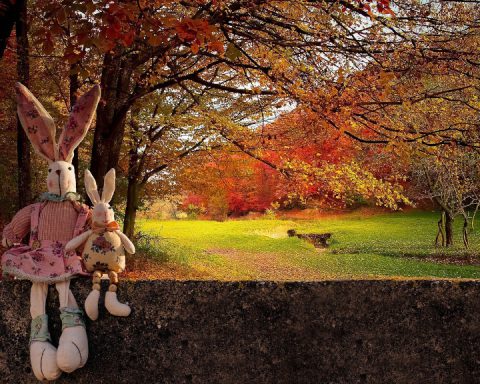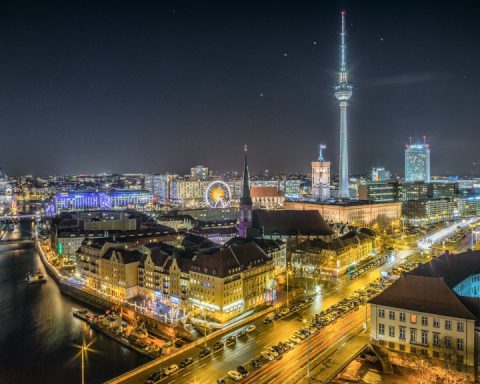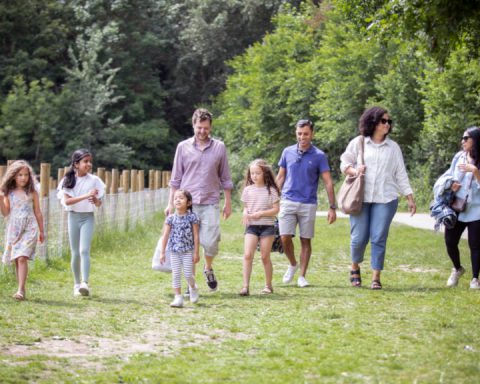“A nice cup of tea will make everything better.”
…Or so my mother always says. Or indeed pretty much any other native or stereotypical British person. As both a native and stereotypical Brit, I had never really questioned the wise truth behind this outspokenly optimistic catchphrase until coming to live in Germany. This is a place where people seem to be more fond of “Kaffee und Kuchen” than “a nice cup of tea”, and where, upon requesting tea, I am more likely to be confronted with the question of “which fruit?” rather than “milk and sugar?”.
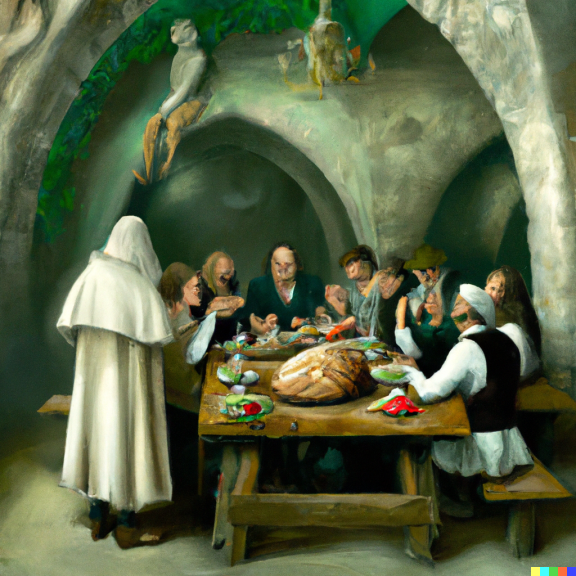
In this spirit, I thought I would have a deeper look at the good old “nice cup of tea” suggestion, and see if I could discover the wisdom, if not the truth, behind it.
In traditional style I will start at the very beginning.
The word “a” doesn’t lend itself to commentary, but “nice” can be analysed nicely. It is seemingly a very standard positive adjective, which can refer to just about anything. Provided you like tea, this word can fit with almost any situation, without necessarily improving it, apart from its relation to the temporary excitement of the taste buds. I think we can say, therefore, that “nice” is just that, nice. It is pleasant but fairly mundane.
“Cup” is also fairly normal. It is a vessel for drinking; a practical necessity. Perhaps, though, “a mug of tea” has a different ring to it. Perhaps “a beaker of tea” would not spark the same magic. Perhaps, then, the magic lies in the formality of the traditional English teacup.
Or then again, a simple cup which “makes everything better” seems a bit ambitious, does it not? It may be more natural to assume that the wonder lies in the tea itself!
What does it contain that can perform such a miracle? Is it the fragrant leaves, their oriental charm, or maybe the small caffeine dose, which may wake us up or lift our spirits?
To “make” is here to “cause”, but “everything” implies a braver suggestion than many! To make everything better may be considered impossible for a person, not to mention for a small quantity of liquid! Does this “everything” include real situations and tangible problems, or does it rather refer to our attitude towards them; the worries that we have worked ourselves up into?
“Better” is just as interesting, but this time in its vagueness. In its non-affirming elusiveness; we can only assume that “better” does not necessarily mean “healed”. Rather, it means that the situation has improved, or at least, that the person involved now feels better about it.
Feeling better about worked-up worries and lifting our spirits from real-life problems seem to be more psychological than physical solutions to this “everything”, which is seemingly not in its best state prior to tea-drinking. Psychological solutions can logically be found by thinking or discussing, as is often done over a cup of tea. I am therefore willing to make the bold suggestion that the magic of “making everything better” lies not in the tea itself, nor in its various paraphernalia, but rather in the social occasion of tea-drinking.
A cup of tea is namely often drunk with a friend or trusted companion.
Indeed, if somebody has just suggested to you that “a nice cup of tea makes everything better”, then you can usually safely assume that this somebody has already put the kettle on, put the teabags in the pot, and is ready to discuss any slight worries or deep concerns that may be gnawing at you.
It is not the “tea”, but rather the “time” of “teatime” that is important. The time that somebody gives to you, the time out that you take for yourself, and the feeling of appreciation for that person or for that time. The fact that you have a warm drink in your hand is just an excuse for coming together; the ten minutes taken to drink it is a necessity, where talking is encouraged. It’s not surprising that people tend to open up more to talk about their worries during their tea break – that is the time specifically set aside for relaxing; for letting off steam while waiting for your tea to do the same. And if you can talk to somebody about a problem, a listener is often all you really need.
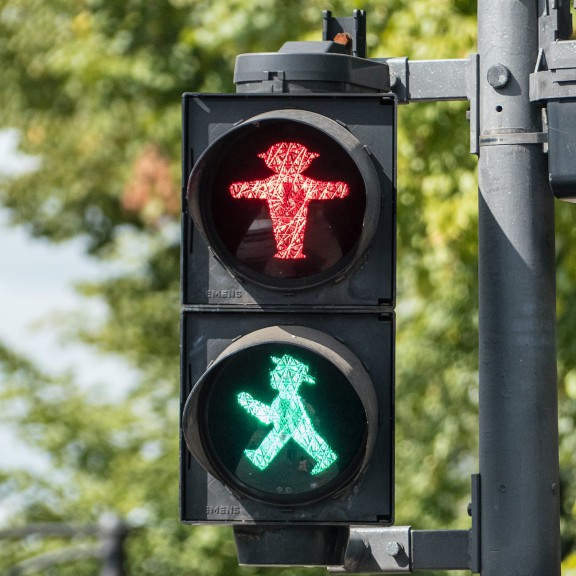
The solution to a problem often lies in the very act of explaining it – put into words and given an order, it all seems much clearer and more manageable to oneself. The idea of a problem shared being a problem halved is especially true during tea breaks, where problems are more easily shared and biscuits often halved. Not to mention the fact that tea is familiar and homely – it provides a sense of warmth and security, and may allow a person to feel more at ease, to share their worries with less embarrassment. A cup of tea is, in short, the perfect excuse for a chat, a way to ease conversation, and a way to work out solutions to complicated problems.
“Where there is tea, there is hope” claimed a certain Arthur Wing Pinero.
This may indeed be true, but I would promote claiming instead that “where there is teatime, there is hope”. Or indeed, where there is Kaffee und Kuchen, there is hope! For the hope exists in the time, not in the consumption. The Germans then, have perhaps not got it so very wrong after all. If the precious wonder of making everything better is in the time, then we can’t complain. Or maybe we can, and SHOULD complain over a cup of tea. Or indeed, of Kaffee.
The key is in the complaining itself, in the discussing, in the slow consideration and comprehension of a problem.
So does a “nice cup of tea make everything better”, as our mothers and other tea-believers tell us? I would argue that yes, it does. Once you have a warm cup in your hands and a warm heart to listen, the conversation and the problem-solving flow as easily as tea (or coffee, for you continentals) from the pot to the cup.
By Felicity Parker
Felicity Parker is from England, where she studied modern languages at university. She is living in Leipzig at the moment in order to learn dressmaking and improve her German. She is doing a long period of work experience in a tailor’s workshop, while working regularly in a shop and teaching English both privately and in various kindergartens. During her free time in Leipzig, you can generally find her in one of the many and beautiful parks (whatever the weather).
Updated on 1 Feb 2023

